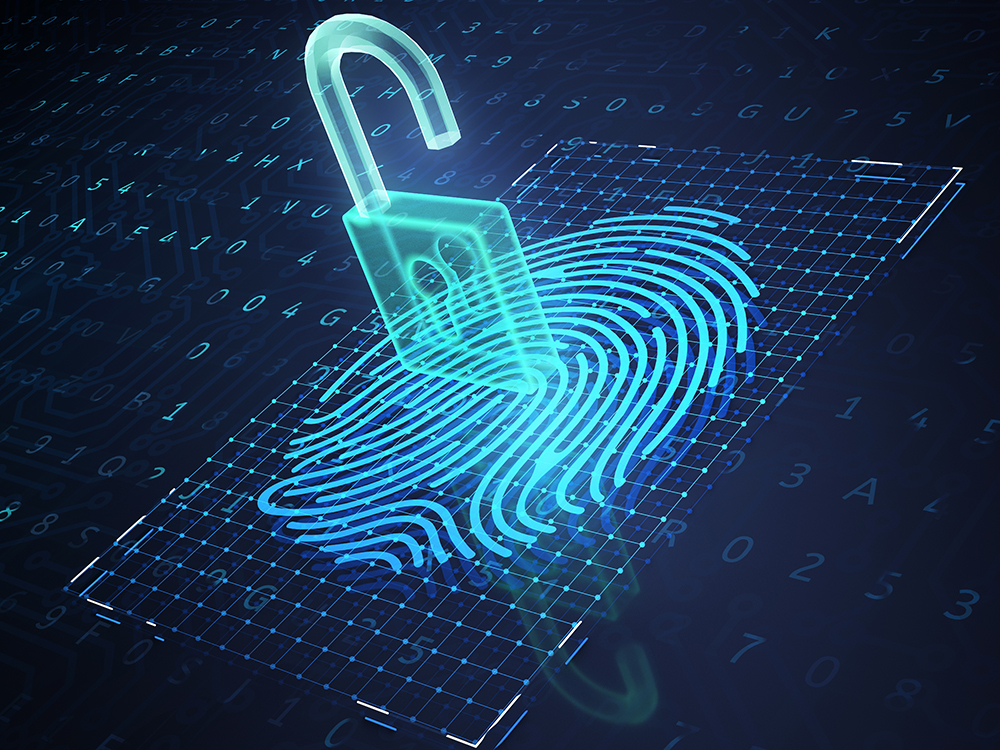With its high customer volume, the cash-and labour-intensive hospitality industry needs advanced security technology to ensure a safe environment. The typical environment is generally characterised by many access points, often manned by security personnel who oversee ‘stop-and-check’ stations – effective for security, but vulnerable because of having multiple points of entry.
That is why it has become necessary to integrate technology that offers a holistic wide view in order to effectively scan and monitor the entire environment, according to IT security and access control experts at dormakaba, a leading provider of security and access control technology.
“For easy access, many entrance points are needed and employed,” said Paul Chari, Principal Consultant EDC Solutions at dormakaba.
“This means the sources and escape route for someone with ill intent becomes difficult to monitor.
Chari says that IT security has kept up with market requirements and demands, particularly within the access control. An example is using multi-sensor cameras and facial recognition biometric solutions to monitor large crowds, which enables security personnel to instantly and automatically verify personal identities.
“Visitors can be profiled, and any red flags can be set to have security personnel react to double check an area or person,” said Chari.
“The automatic enrolment can eliminate need for barriers across entry points.”
Data gathered through these access control points and biometric-based systems can be quickly gathered, assimilated and correlated to provide an accurate database that can be referenced immediately to bolster security control and enforcement.
Video analytics, big data and robotics are beginning to filter through to security and access control strategies – specifically within the hospitality industry.
“The ability to flag repeat offenders relieves operators from having to remember or identify faces without support,” said Chari.
“New operators benefit from gathered intel and can immediately be more effective than previously possible. Analytics can also count volumes and be matched to max numbers allowed in an area. A reaction can be solicited before a problem arises.”
Unified communications and integrated systems offer realtime automation and seamless interaction between back-end functions and front-end or customer-facing applications.
Centralised smart infrastructure dominates surveillance and security control rooms, and these connect via mobile and wireless networks to allow resources to be deployed quickly and effectively.
“These allow for controlled deployment of personnel to various points – security, medical or general personnel,” explained Chari.
“Beyond security, hospitality matters can be informed by surveillance issues.”



